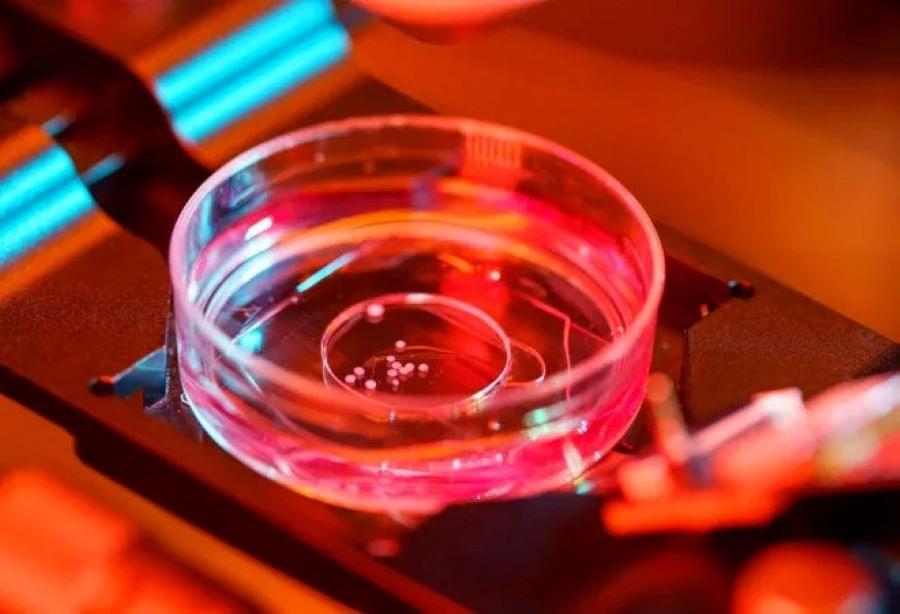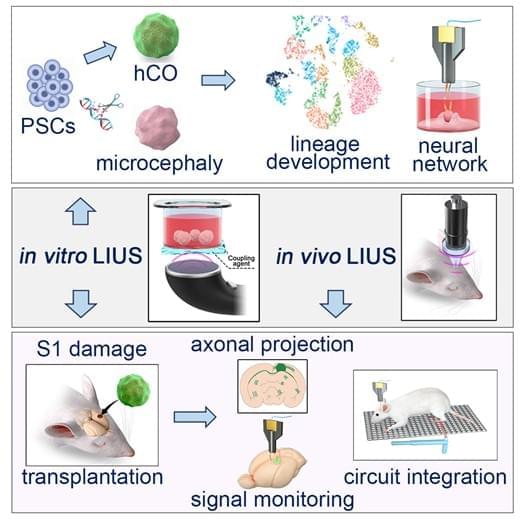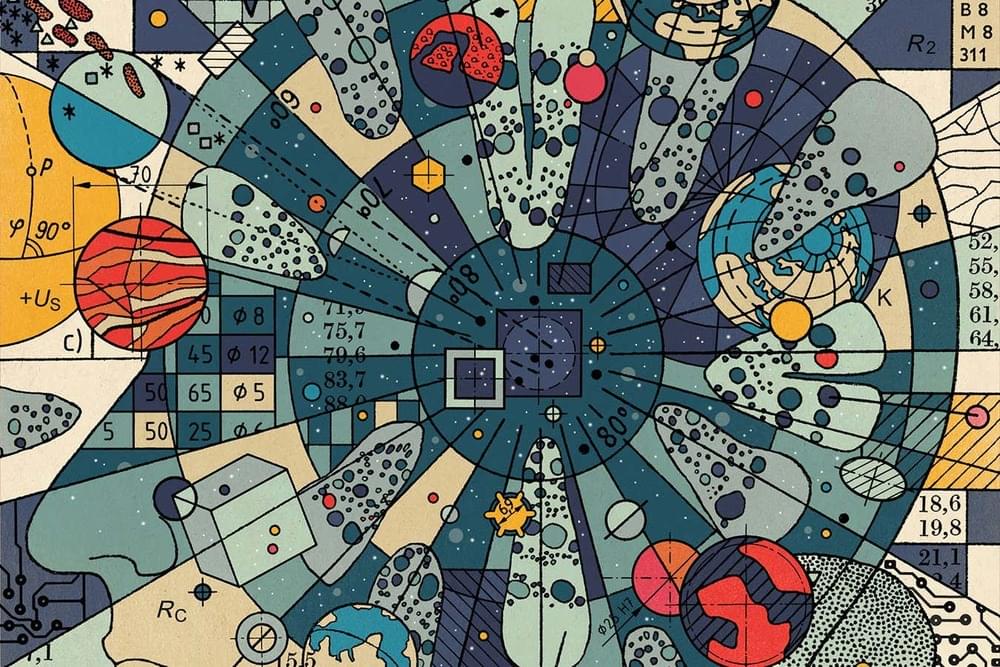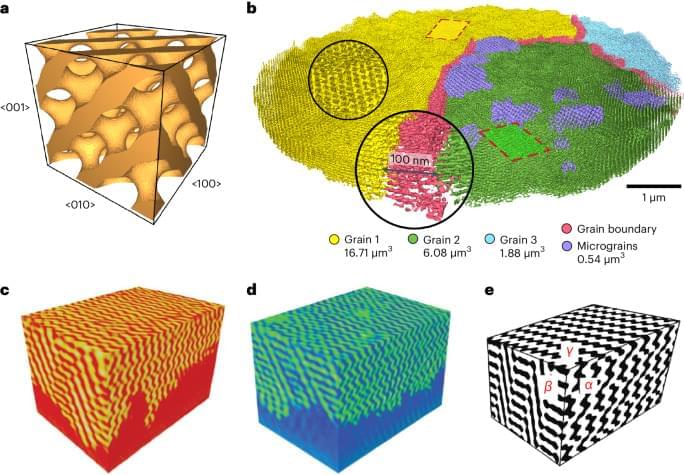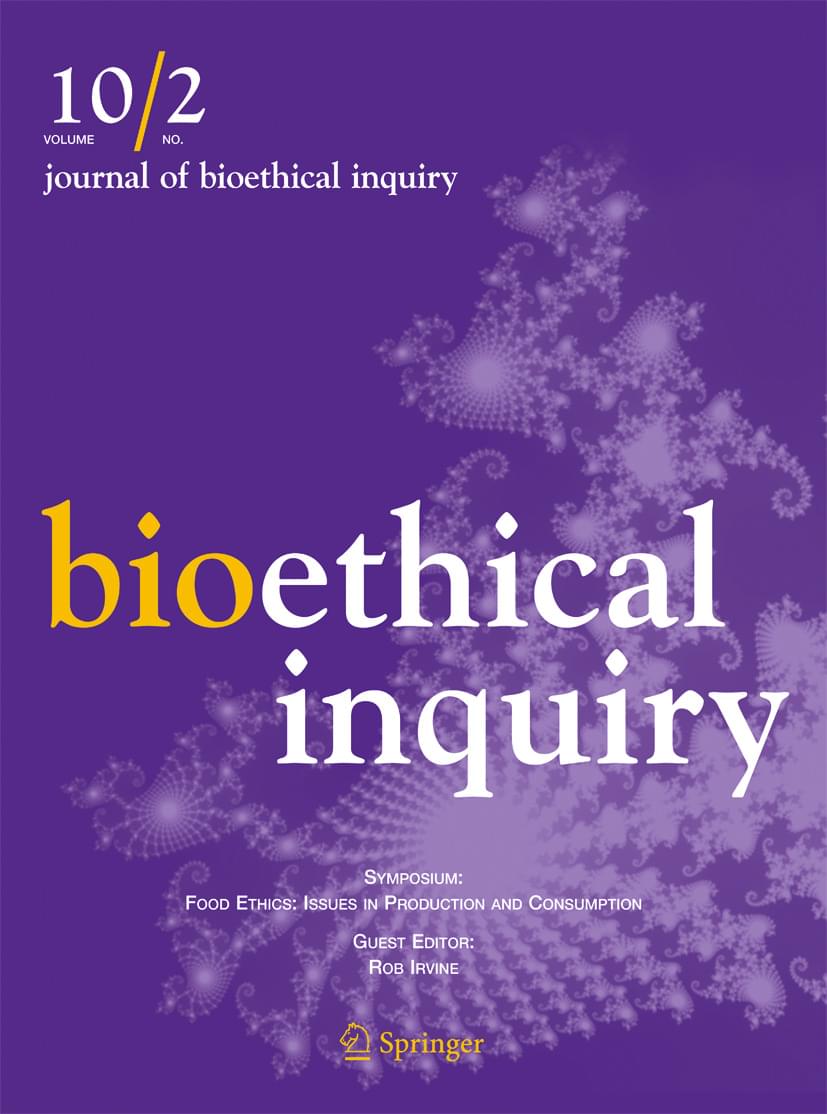Jul 23, 2024
Learning quantum phases via single-qubit disentanglement
Posted by Shailesh Prasad in categories: information science, quantum physics
Zheng An, Chenfeng Cao, Cheng-Qian Xu, and D. L. Zhou, Quantum 8, 1421 (2024). Identifying phases of matter presents considerable challenges, particularly within the domain of quantum theory, where the complexity of ground states appears to increase exponentially with system size. Quantum many-body systems exhibit an array of complex entanglement structures spanning distinct phases. Although extensive research has explored the relationship between quantum phase transitions and quantum entanglement, establishing a direct, pragmatic connection between them remains a critical challenge. In this work, we present a novel and efficient quantum phase transition classifier, utilizing disentanglement with reinforcement learning-optimized variational quantum circuits. We demonstrate the effectiveness of this method on quantum phase transitions in the transverse field Ising model (TFIM) and the XXZ model. Moreover, we observe the algorithm’s ability to learn the Kramers-Wannier duality pertaining to entanglement structures in the TFIM. Our approach not only identifies phase transitions based on the performance of the disentangling circuits but also exhibits impressive scalability, facilitating its application in larger and more complex quantum systems. This study sheds light on the characterization of quantum phases through the entanglement structures inherent in quantum many-body systems.


